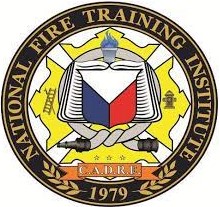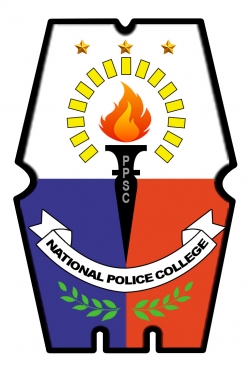“IMPROVING THE MANAGEMENT OF FIRE SAFETY RECORDS OF DAVAO CITY FIRE DISTRICT BY SHIFTING TO A CENTRALIZED ELECTRONIC DOCUMENT MANAGEMENT SYSTEM (DMS)”. September 2022

Book Stores
Type
Book
Category
FOAC Research
[ Browse Items ]
Publication Year
2022
Publisher
NFTI Library, Philippines
Pages
1
Subject
Research
Abstract
ABSTRACT
The primary goal of this action research was to comprehend why it is essential to transition from the conventional document management system that uses stacked folders, files, and papers to an electronic document management system, which is currently more secure and accessible and is used by many individuals throughout the world. This action research will also address the problem of the quality and efficiency of the current workflow being implemented in the organization to serve the public.
In the context of this action research, both first- and second-person inquiries are employed. Information for the first-person analysis was gathered utilizing the individual's own observations, experiences, and position as a member of the organization and collaborator as an insider action researcher. The researchers jotted down their reflections in a study journal.
The second person inquiry is generated from information through collaborative efforts with the key offices from the Records Section from DCFD and its substations.
Moreover, they segregated their level of questioning through Schein’s three types of inquiry: Pure inquiry prompts the elicitation of the story of what is taking place and listen carefully and neutrally. Diagnostic inquiry manages the process of how the content is analyzed by the other by exploring (1) emotional processes, (2) reasoning and (3) actions. Confrontive inquiry involves sharing your own ideas while challenging the other person to think differently. For this action research, the researchers conducted interviews using both structured and unstructured methods. The researchers made use of the idea of the spiral of action research cycles. Action research revolves around a cyclical four-step process of constructing, planning action, taking action and evaluating action.
As a result, the Electronic Document Management System would truly meet the needs of the organization and fulfill its purpose in creating a better option for increased productivity, increased customer satisfaction and secured document management system. The results section shows the pulse of all the respondents, pointing towards the need to take action and change the traditional document management system, and they all believed that the electronic management system could be a solution.
The primary goal of this action research was to comprehend why it is essential to transition from the conventional document management system that uses stacked folders, files, and papers to an electronic document management system, which is currently more secure and accessible and is used by many individuals throughout the world. This action research will also address the problem of the quality and efficiency of the current workflow being implemented in the organization to serve the public.
In the context of this action research, both first- and second-person inquiries are employed. Information for the first-person analysis was gathered utilizing the individual's own observations, experiences, and position as a member of the organization and collaborator as an insider action researcher. The researchers jotted down their reflections in a study journal.
The second person inquiry is generated from information through collaborative efforts with the key offices from the Records Section from DCFD and its substations.
Moreover, they segregated their level of questioning through Schein’s three types of inquiry: Pure inquiry prompts the elicitation of the story of what is taking place and listen carefully and neutrally. Diagnostic inquiry manages the process of how the content is analyzed by the other by exploring (1) emotional processes, (2) reasoning and (3) actions. Confrontive inquiry involves sharing your own ideas while challenging the other person to think differently. For this action research, the researchers conducted interviews using both structured and unstructured methods. The researchers made use of the idea of the spiral of action research cycles. Action research revolves around a cyclical four-step process of constructing, planning action, taking action and evaluating action.
As a result, the Electronic Document Management System would truly meet the needs of the organization and fulfill its purpose in creating a better option for increased productivity, increased customer satisfaction and secured document management system. The results section shows the pulse of all the respondents, pointing towards the need to take action and change the traditional document management system, and they all believed that the electronic management system could be a solution.
Number of Copies
1
| Library | Accession No | Call No | Copy No | Edition | Location | Availability |
|---|---|---|---|---|---|---|
| NFTI Library | 676307 | 1 | Yes |



